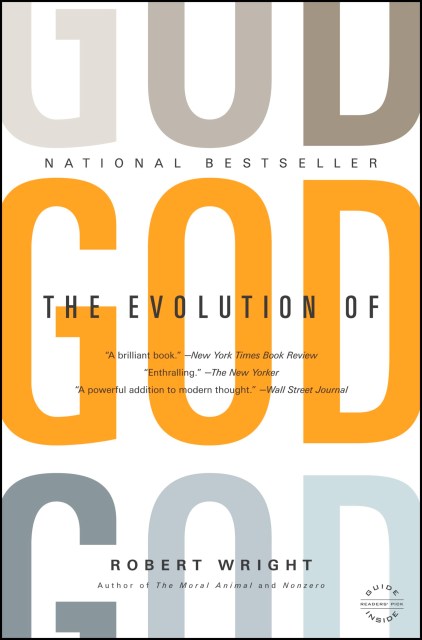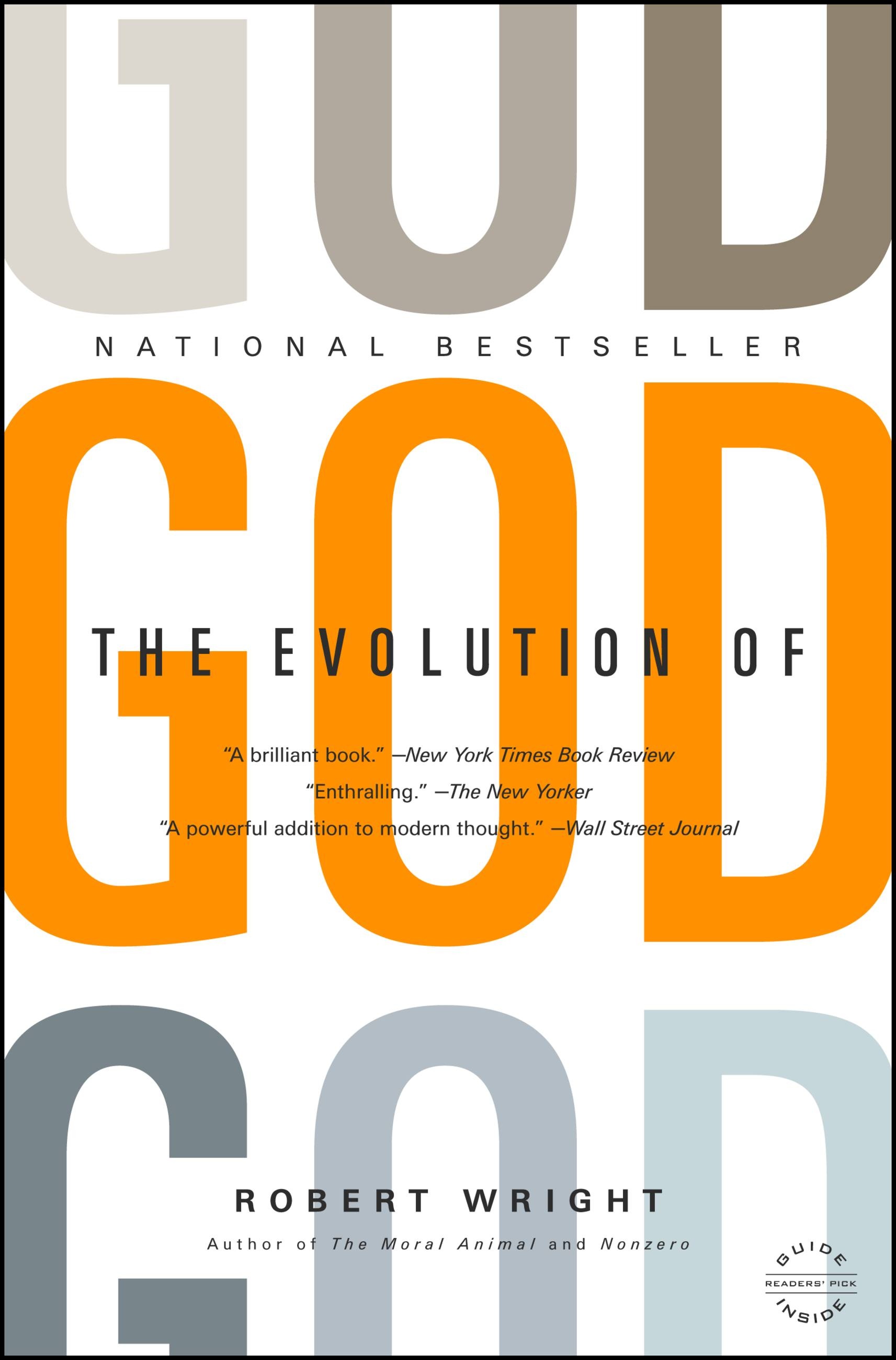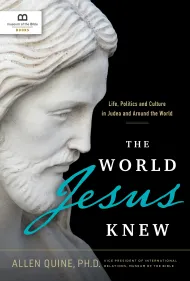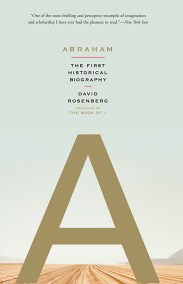Promotion
Use code MOM24 for 20% off site wide + free shipping over $45
The Evolution of God
Contributors
Formats and Prices
Price
$18.99Price
$23.99 CADFormat
Format:
- Trade Paperback $18.99 $23.99 CAD
- ebook $9.17 $13.99 CAD
This item is a preorder. Your payment method will be charged immediately, and the product is expected to ship on or around May 3, 2010. This date is subject to change due to shipping delays beyond our control.
Also available from:
In this sweeping narrative that takes us from the Stone Age to the Information Age, Robert Wright unveils an astonishing discovery: there is a hidden pattern that the great monotheistic faiths have followed as they have evolved. Through the prisms of archaeology, theology, and evolutionary psychology, Wright’s findings overturn basic assumptions about Judaism, Christianity, and Islam, and are sure to cause controversy. He explains why spirituality has a role today, and why science, contrary to conventional wisdom, affirms the validity of the religious quest. And this previously unrecognized evolutionary logic points not toward continued religious extremism, but future harmony.
Nearly a decade in the making, The Evolution of God is a breathtaking re-examination of the past, and a visionary look forward.
Nearly a decade in the making, The Evolution of God is a breathtaking re-examination of the past, and a visionary look forward.
Genre:
-
PRAISE FOR NONZERO:The Economist
"An original, accessible and thought-provoking view of history...full of rich detail, ingenious insight and bold argument." -
PRAISE FOR THE EVOLUTION OF GOD:Andrew Sullivan, The Times
"THE EVOLUTION OF GOD gives me hope...The tone of the book is dry skepticism with a dash of humour; the content is supple, dense and layered...fresh and necessary."
- On Sale
- May 3, 2010
- Page Count
- 592 pages
- Publisher
- Back Bay Books
- ISBN-13
- 9780316067447
Newsletter Signup
By clicking ‘Sign Up,’ I acknowledge that I have read and agree to Hachette Book Group’s Privacy Policy and Terms of Use







